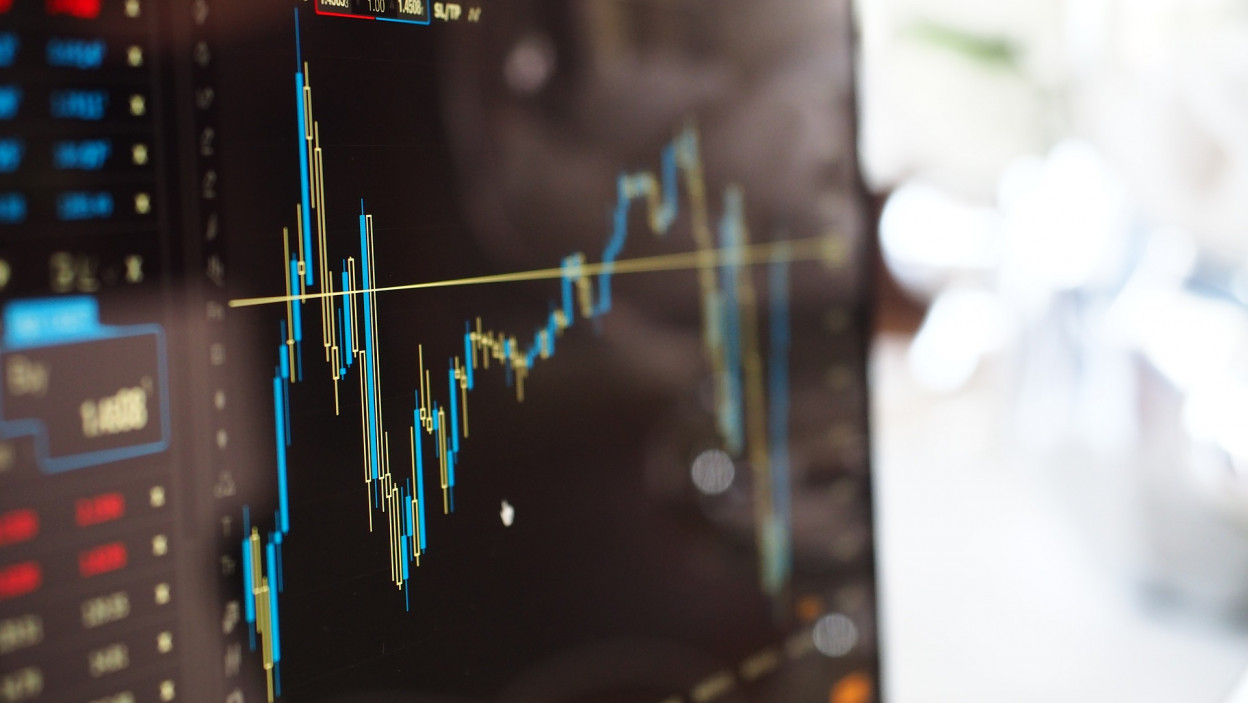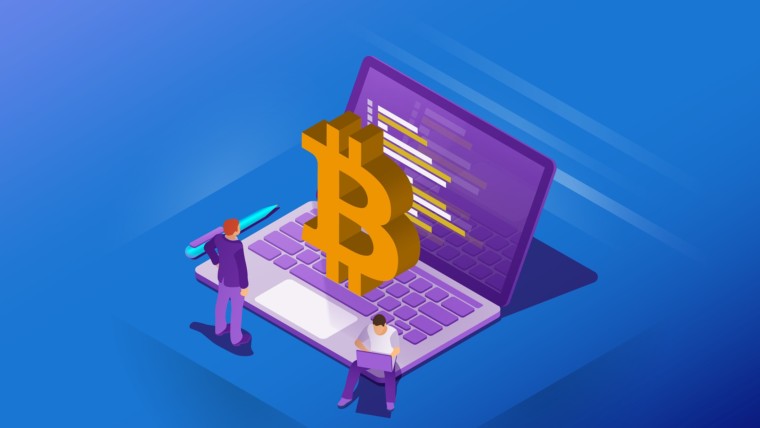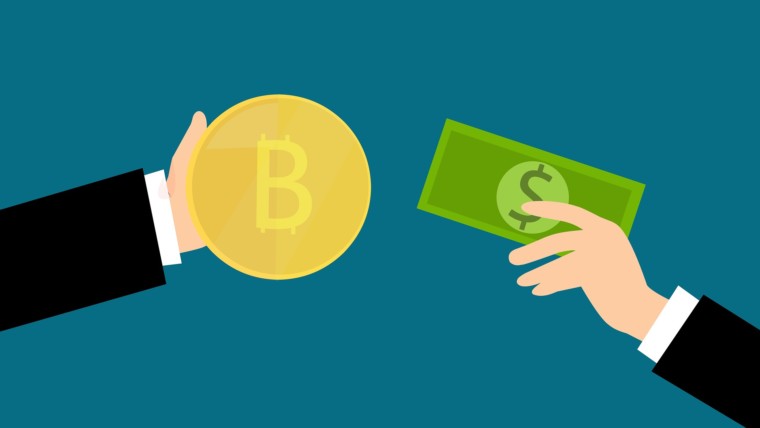In this opinion article, one of our community manager shares with you his thoughts on the difference between trading and investing in cryptocurriencies. The opinions expressed in this article are solely his own and are not representative of ABCC’s views.
Investing in any asset class requires a strategy to be profitable. For an asset class as volatile as Bitcoin and Cryptocurrencies, even more so.
Let’s take a closer look at the options that investors have if they want to invest part of their capital in cryptocurrencies, either with a long-term or short-term time horizon.
First, it is necessary to distinguish two terms – trading and investing.
Types Of Traders In The Market
In trading, we usually find four basic types of traders. They are divided in terms of their overall strategy- number of trades executed and time horizon. Let us take a look at each profile and you can decide which strategy best suits you!
The Scalpers
Scalpers stand at one end; they can execute dozens or even hundreds of trades a day. These trades last a very short time, usually a few seconds or tens of seconds.
The goal of a Scalper is to achieve small profits by taking advantage of the slight exchange rate movement repeatedly. These traders need to have a very narrow spread, which is often a problem on cryptocurrency exchanges.
The Day Traders
Day traders mainly focus on short-term trends and try to trade based on current market sentiment. While the rate at which they trade is significantly lower than the Scalpers, fees and spreads impact them significantly as well.
It is no coincidence that according to available data from traditional markets, the most unsuccessful traders belong to the Day trader and Scalpers group.
Global statistics show that about 80% of Contract For Difference (CFD) traders end up in a loss, and if we look at longer-term statistics at a 3 or 5-year horizon, this figure is even higher.
Fortunately, unlike traders who trade through classical brokers, Crypto traders do not need to trade using leverage.



The Swing Traders
Swing traders can hold their open positions in days, weeks, or months, with the intention of profiting from a long-term upward or downward trend. Essentially, they profit from the price differences of the top and bottom of a trend.
Long-term fundamental analysis is used for their trading, along with technical analysis, which is mainly used by day traders.
The Positional Traders
The last fourth group belongs to the positional traders, usually holding open positions in months or years and primarily focusing on fundamental analysis.
The specialty of these traders is that they build their position gradually at more price levels over time, as well as sell parts of positions progressively. This method of gradual buying and selling is also used to a lesser extent by swing and day traders.
Depending on factors such as your risk/reward tolerance, amount of capital and general capability you can find the most suitable trading strategy for you.
Alternatively, if trading sounds like too much work for you, going with the investing strategy is not a bad decision!
What To Look Out For As An Cryptocurriencies Investor



On the opposite end of the trading spectrum would be to invest. Under this strategy, positions should be built gradually, and not to buy and sell the entire investment at once. Even investors are divided into short, medium, and long-term ones in terms of time horizons.
Everybody who trades or invests have a common enemy, and that is psychology. It is always better to use only limit orders at multiple levels, which the trader can set in advance in a calm state of mind.
Every trader or investor should avoid as much as possible market orders that can be executed immediately. Market orders are highly influenced by the current thought and mood of the market and have nothing to do with logical planning and execution.
Numbers don’t lie, and statistics are relentless. The most significant percentage of those who are profitable in the markets are those who use trade or invest with a longer-term horizon.
Ultimately, it is essential to realize that individuals and groups with large capital are the ones influencing the market. They decide when and what direction the market will take, and retail investors should follow them; it is one of the easiest ways to succeed.
How best to enter and exit a particular trade?
Now that we have generally established the general concept of traders and investors, it is time to explore the next most important question- When to buy and sell.
When To Buy?
Buying at different price levels may be a practical and suitable strategy for you.
After all, no one can accurately predict the lowest (or highest) price levels, and you can use technical analysis for optimized entry when you buy at different price levels.
When To Sell?
If you trade or invest in a well-known asset, you have one huge advantage – the media.
As soon as you hear bullish news across various media outlets regarding the asset you have invested in, you can consider entering a sell position.
This may seem illogical at first, but the reason is apparent. The moment when you have speculators that enter into the market based only on market sentiment, that is usually the beginning of a sell-off.
When speculators that entered late leave markets with a loss, the buying hype will start to die down and the price drops, causing an even stronger sell-off.
Trading Cryptocurrencies In This Market



With widespread reports of an impending recession, Bitcoin and Cryptocurrencies are a potential safe haven for investors in the event of a downturn.
In jurisdictions experiencing political and financial turmoil such as Hong Kong and Venezuela, Bitcoin is trading at a premium. The flight to Bitcoin during uncertain times reinforces Bitcoin’s status as a geopolitical indicator.
While certainly still volatile, Bitcoin and other cryptocurrencies has proven time and again that it is an asset class not to be ignored.
If you want to start trading or investing in cryptocurrencies, open an account, and create a plan with a specific time horizon. Remember- Trading is not about luck, but about preparation and logic. Trade with caution!






